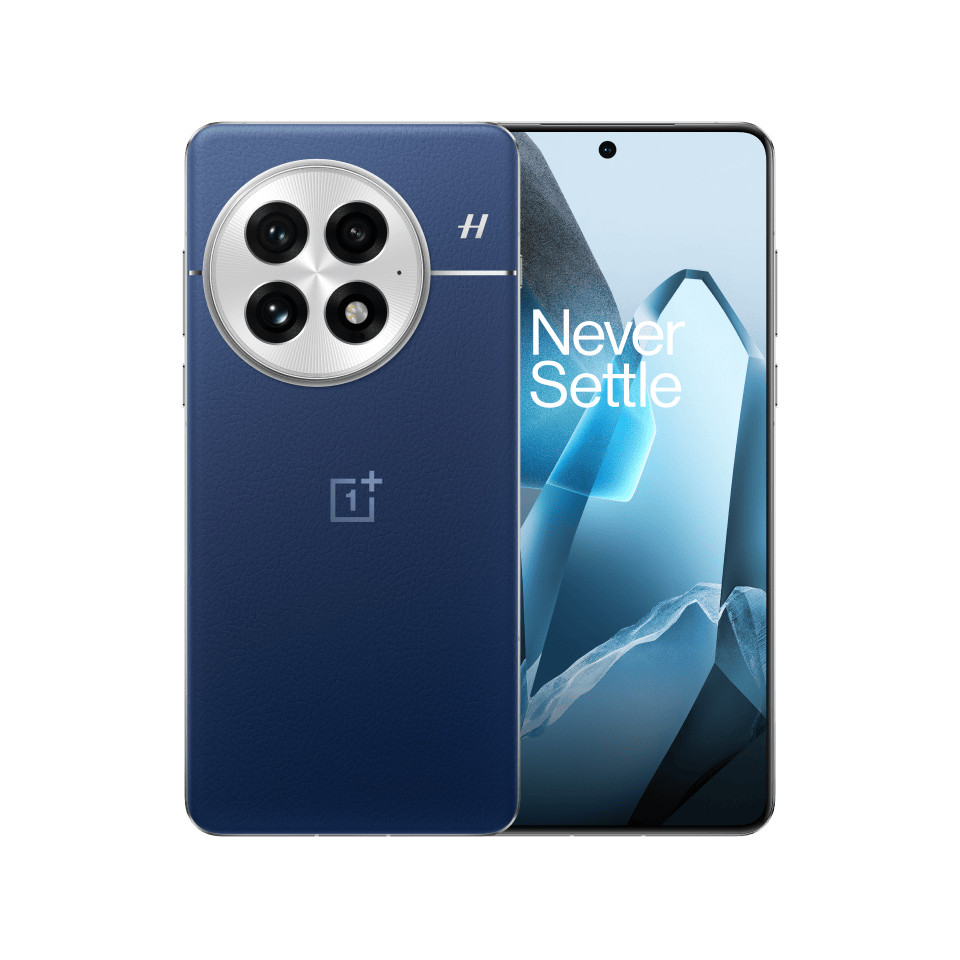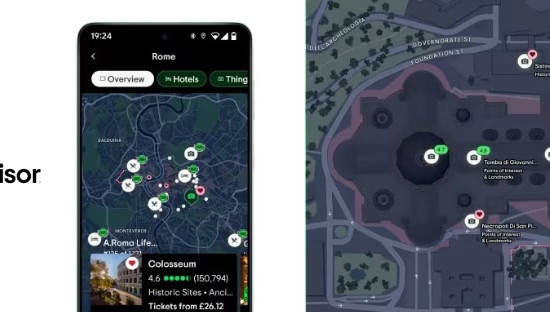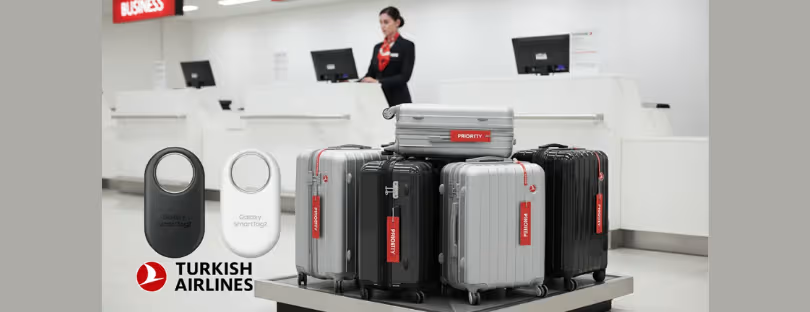
JetBlue Becomes First Airline to Bring Amazon’s Project Kuiper Wi-Fi Onboard
JetBlue Airways is once again reshaping the in-flight experience. More than a decade after becoming the first U.S. airline to roll out free, fleetwide Wi-Fi, JetBlue is now making history by becoming the first carrier to partner with Amazon’s Project Kuiper, the tech giant’s low-Earth orbit (LEO) satellite initiative.
The agreement, announced on September 4, 2025, positions JetBlue as the launch airline for Kuiper’s aviation services, with plans to begin introducing the system in 2027. For passengers, this means faster, more reliable in-flight internet at no extra cost—a game-changer in an era when connectivity is as essential at 35,000 feet as it is on the ground. For the airline industry, it signals a new phase in the competitive race to provide the best onboard connectivity, setting JetBlue apart from its rivals while giving Amazon a high-profile showcase for its rapidly expanding satellite broadband network.
A pioneering partnership in aviation
JetBlue is the first airline to commit to Project Kuiper, joining at a critical moment as Amazon accelerates deployment of its constellation. The carrier’s decision builds on its reputation as a connectivity pioneer—having been the first major airline to introduce free, high-speed Wi-Fi back in 2013. By integrating Kuiper into its Fly-Fi platform, JetBlue will become the launchpad for Amazon’s aviation ambitions and the first to test Kuiper’s promise of near-fiber speeds in the sky. The rollout will begin in 2027 with a portion of JetBlue’s Airbus fleet before expanding to more aircraft in phases through 2028 and beyond.
Why Kuiper technology stands out
Unlike traditional geostationary satellites, which orbit tens of thousands of kilometers above Earth, Kuiper satellites operate much closer—around 590 to 630 kilometers in altitude. This proximity dramatically reduces latency, making real-time applications like video calls, cloud collaboration, and even online gaming feasible during flights. Kuiper’s aviation-grade terminals use advanced phased-array antennas capable of supporting speeds up to 1 Gbps per device, with lab tests already reaching 1.2 Gbps.
For travelers, that translates into a smoother, more dependable internet experience that rivals home broadband. With Amazon planning more than 3,200 satellites and already having over 100 in orbit, the scale of coverage is designed to match the demands of global aviation.
JetBlue’s strategy for staying ahead
For JetBlue, the Kuiper partnership is not just about speed; it’s about sustaining its identity as the airline that offers more without charging extra. The carrier will continue to provide Wi-Fi for free while integrating Kuiper as part of a hybrid, multi-orbit solution alongside existing geostationary systems. This redundancy means passengers will benefit from both improved performance and better reliability, even on longer international routes. In a marketplace where Delta, American, and United have all upgraded connectivity—some turning to SpaceX’s Starlink—JetBlue’s decision to align with Amazon underscores its commitment to remain a step ahead of competitors while appealing to travelers who value seamless digital access.
“Our agreement with Project Kuiper marks an exciting leap forward for us as the hands-down leader in onboard connectivity,” said Marty St. George, president of JetBlue.
“Whether it’s binge-watching a favorite show, staying connected with loved ones, or wrapping up a work project, we’re always looking for ways to make our customers’ time in the air as connected and productive as they want it to be.”
Amazon’s aviation ambitions take flight
For Amazon, JetBlue is a strategic win. Project Kuiper, first announced in 2019, was initially framed as a broadband solution for underserved communities. Expanding into mobility—aircraft, ships, and potentially connected vehicles—represents a lucrative extension of that mission. By securing JetBlue as its launch partner, Amazon gains a highly visible showcase for Kuiper’s aviation capabilities, directly challenging SpaceX’s Starlink, which has already signed deals with Hawaiian Airlines, JSX, and others. The move also fits neatly into Amazon’s broader ecosystem, where providing connectivity can ultimately support e-commerce, entertainment, and cloud services even in flight.
“Staying connected is part of everyday life, even when you’re traveling,” said Panos Panay, senior vice president of Amazon Devices & Services. “With Project Kuiper, we’re working to ensure you have a high-speed connectivity experience wherever you are—at home or 35,000 feet in the air.”
What this means for passengers and the industry
For JetBlue travelers, the benefits are immediate: faster, more stable Wi-Fi that supports streaming, productivity, and social connectivity without interruption. The fact that it remains free strengthens JetBlue’s brand promise at a time when many carriers still charge for internet access. For the airline industry, the announcement sets a new benchmark, raising passenger expectations and potentially forcing other airlines to accelerate their connectivity investments. For Amazon, it represents more than just a satellite deal—it’s the opening act of a strategy to bring Kuiper’s capabilities into mainstream mobility markets.
JetBlue’s decision to partner with Project Kuiper underscores a broader truth: in-flight Wi-Fi is no longer a novelty but a necessity. As passengers demand the same level of connectivity in the air as they do on the ground, partnerships like this one will shape the future of aviation. With JetBlue leading the way, the sky is about to get a lot more connected.










